Search This Blog
Most Popular
Categories
- Building Construction (84)
- Building Materials (82)
- Columns (2)
- Concrete Beam (3)
- Concrete Construction Techniques (4)
- Concrete Mix Design (9)
- Concrete Repair (14)
- Concrete Slab (10)
- Construction Equipment (16)
- Construction News (7)
- Design of Structures (15)
- Engineering Drawing (1)
- Estimation (3)
- Geotechnical engineering (26)
- Highway Engineering (11)
- Innovations (30)
- Material Testing (10)
- Matrix Analysis of Structures (2)
- Mechanical Engineering (3)
- Strength of Materials (2)
- Structural Analysis (17)
- Structural Design (21)
- Structures (17)
- Transportation Engineering (9)
10 Top Low-Cost and Reusable Building Materials for Contractors
Neenu
July 24, 2023
As experts in the construction industry, we understand the importance of finding affordable and sustainable building materials for contractors. In this comprehensive guide, we will explore the top 10 low-cost and reusable building materials that can help contractors save money while also reducing their environmental impact.
Whether you are a seasoned contractor or a DIY enthusiast, these materials offer excellent alternatives to traditional options. Let's dive right in!
When using recycled steel, it's important to ensure that it meets the necessary quality standards. Working with reputable suppliers who provide certified recycled steel ensures that you use reliable and high-quality materials for your construction projects.
The key to successful rammed-earth construction lies in selecting the right soil composition. Different soil types have varying properties, and it is crucial to choose a mix that ensures optimal compaction and strength. Consulting with a geotechnical engineer can provide valuable insights into the suitability of the soil in your construction area.
When working with Ferrock, it's important to follow the manufacturer's guidelines for mixing and curing. Proper curing conditions, such as temperature and humidity control, ensure optimal strength development and durability of the material.
To ensure the longevity of cork flooring, regular maintenance is essential. Applying a protective sealant and promptly addressing any spills or stains helps preserve the natural beauty and durability of the material.
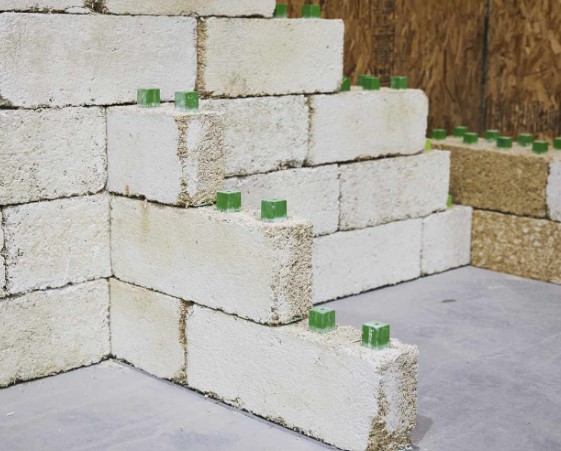
When using reclaimed wood, it is important to inspect and treat the material for any signs of decay or insect damage. Proper cleaning, sanding, and finishing techniques help enhance the aesthetics and durability of reclaimed wood in construction applications.
In earthbag construction, selecting the right type of soil and ensuring proper compaction is essential for structural stability. Additionally, incorporating reinforcement elements such as barbed wire between layers of earthbags enhances the overall strength and durability of the walls.
1. Recycled Steel
Recycled steel is an excellent choice for construction projects. It is not only durable and strong but also environmentally friendly. By using recycled steel, contractors can reduce the demand for raw materials, conserve energy, and minimize waste. Moreover, recycled steel can be reused multiple times without losing its structural integrity, making it a cost-effective option.When using recycled steel, it's important to ensure that it meets the necessary quality standards. Working with reputable suppliers who provide certified recycled steel ensures that you use reliable and high-quality materials for your construction projects.
2. Bamboo
Bamboo has gained popularity as a sustainable building material due to its rapid growth and renewability. It is incredibly strong, lightweight, and versatile, making it suitable for various construction applications. Bamboo can be used for flooring, walls, roofing, and even as a structural element.To ensure the durability of bamboo in construction, it is essential to properly treat and finish the material. Applying a protective coating or sealant helps prevent moisture absorption and extends the lifespan of bamboo structures.
Read More On: Bamboo Reinforcement of Concrete
3. Rammed Earth
Rammed earth construction involves compacting a mixture of soil, gravel, sand, and cement within a formwork to create sturdy walls. This technique has been used for centuries and offers excellent thermal insulation properties. Rammed earth walls are durable, fire-resistant, and provide a unique aesthetic appeal.The key to successful rammed-earth construction lies in selecting the right soil composition. Different soil types have varying properties, and it is crucial to choose a mix that ensures optimal compaction and strength. Consulting with a geotechnical engineer can provide valuable insights into the suitability of the soil in your construction area.
4. Straw Bales
Straw bales are an inexpensive and highly sustainable building material. They provide excellent insulation, reducing heating and cooling costs. Straw bale construction is straightforward, and the bales can be easily stacked to create walls. It is worth noting that straw bales require proper protection against moisture to maintain their integrity. |
| Straw Bales for Buildings |
To protect straw bales from moisture, applying a breathable and water-resistant coating or utilizing appropriate vapor barriers is essential. Additionally, incorporating overhangs and adequate drainage systems in the design helps prevent water infiltration and extends the lifespan of straw bale structures.
5. Ferrock
Ferrock is a revolutionary material that offers both strength and environmental benefits. It is made from recycled materials, including steel dust and industrial byproducts, which are bound together using a non-toxic binder. Ferrock not only reduces waste but also absorbs carbon dioxide during its curing process, making it a carbon-negative option.When working with Ferrock, it's important to follow the manufacturer's guidelines for mixing and curing. Proper curing conditions, such as temperature and humidity control, ensure optimal strength development and durability of the material.
6. Shipping Containers
Repurposing shipping containers as building modules has gained immense popularity in recent years. These containers are readily available, cost-effective, and offer excellent structural integrity. They can be transformed into various structures such as homes, offices, and even multi-story buildings. Utilizing shipping containers in construction projects significantly reduces construction time and costs.When repurposing shipping containers, it is crucial to consider insulation and ventilation requirements. Adding insulation materials and providing adequate airflow helps regulate temperature and prevent condensation, ensuring a comfortable and moisture-free interior environment.
7. Cork
Cork is a sustainable material from the bark of cork oak trees. It is primarily used as a flooring material due to its resilience, acoustic properties, and comfort underfoot. Cork is an excellent alternative to traditional flooring materials and is highly renewable, as the trees are not cut down during harvesting.To ensure the longevity of cork flooring, regular maintenance is essential. Applying a protective sealant and promptly addressing any spills or stains helps preserve the natural beauty and durability of the material.
8. Hempcrete
Hempcrete is a bio-composite material made from hemp fibers, lime, and water. It offers excellent insulation, breathability, and fire resistance. Hempcrete is lightweight, non-toxic, and absorbs carbon dioxide during its curing process. It can be used for walls, floors, and roofs, providing a sustainable and energy-efficient solution for contractors.
During the construction process, proper mixing and curing of hempcrete are crucial. The correct ratio of hemp fibers, lime, and water ensures optimal strength development and thermal performance. It is recommended to consult with experienced hempcrete professionals for guidance on the specific requirements of your project.
9. Reclaimed Wood
Reclaimed wood refers to salvaged wood from old structures such as barns, factories, and warehouses. It adds character and warmth to any construction project while reducing the demand for new timber. Reclaimed wood can be used for flooring, paneling, furniture, and decorative elements. It is an eco-friendly choice that brings a unique charm to the built environment.When using reclaimed wood, it is important to inspect and treat the material for any signs of decay or insect damage. Proper cleaning, sanding, and finishing techniques help enhance the aesthetics and durability of reclaimed wood in construction applications.
10. Earthbags
Earthbags, also known as sandbags, are becoming increasingly popular for constructing durable and energy-efficient buildings. These bags are filled with earth and stacked to form walls. Earthbag construction is cost-effective, environmentally friendly, and resistant to natural disasters. It is particularly suitable for areas prone to earthquakes and hurricanes.In earthbag construction, selecting the right type of soil and ensuring proper compaction is essential for structural stability. Additionally, incorporating reinforcement elements such as barbed wire between layers of earthbags enhances the overall strength and durability of the walls.
These 10 top low-cost and reusable building materials offer contractors sustainable alternatives to traditional options. By incorporating these materials into construction projects, contractors can not only save costs but also contribute to a greener and more eco-friendly future. Embracing innovation and prioritizing sustainability are crucial steps toward a more responsible and efficient construction industry.
Most Visited
Sieve Analysis of Aggregates - ASTM Standard
August 11, 2021
How to Calculate Cement Required for Floor Tiling?
July 02, 2020
What are Infiltration Wells?
April 15, 2024
How to Choose Good Quality Aggregates for Construction?
August 10, 2021
Cross-Section of a Road – Geometric Design of Highways
February 26, 2021
Traverse Surveying - Objective, Method and Procedure
January 19, 2022
Construction ERP System – A Comprehensive Guide
December 12, 2024
Top 7 Waterproofing Materials for Concrete Roofs
December 13, 2024
Search This Blog
MUST READ
What is PERT? Objectives, Pros & Cons
September 10, 2017
Terzaghi's Equation: Soil Bearing Capacity for Foundations
March 02, 2022
Contact Form
Footer Menu Widget
Created By SoraTemplates | Distributed By Gooyaabi Templates

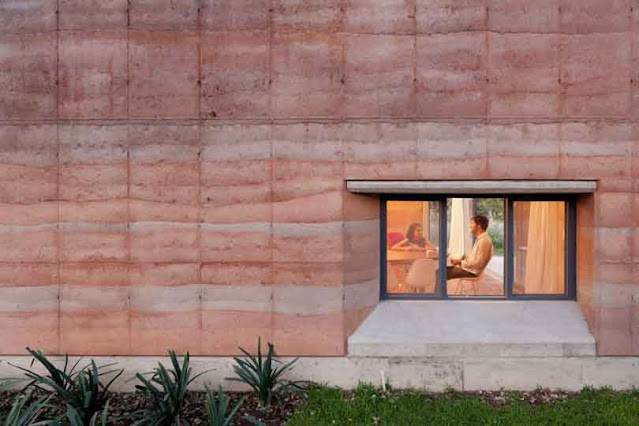
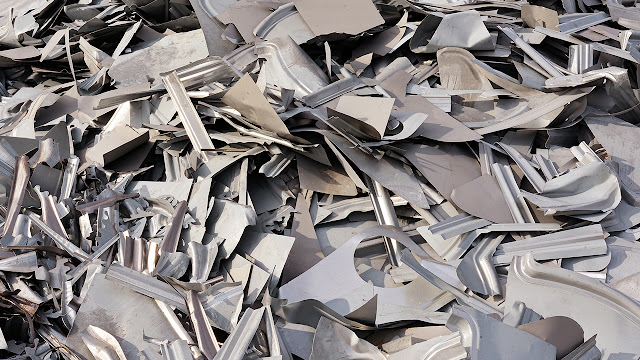

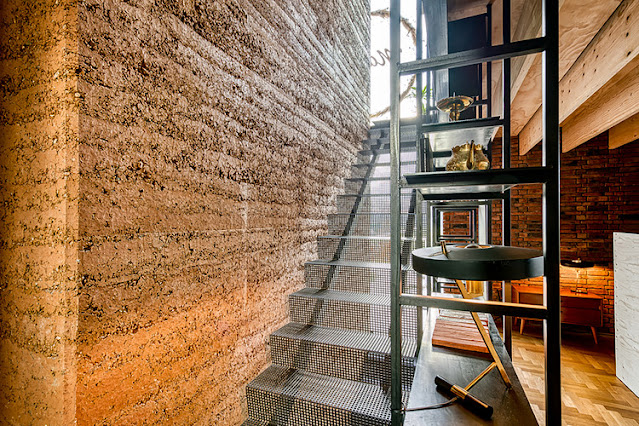
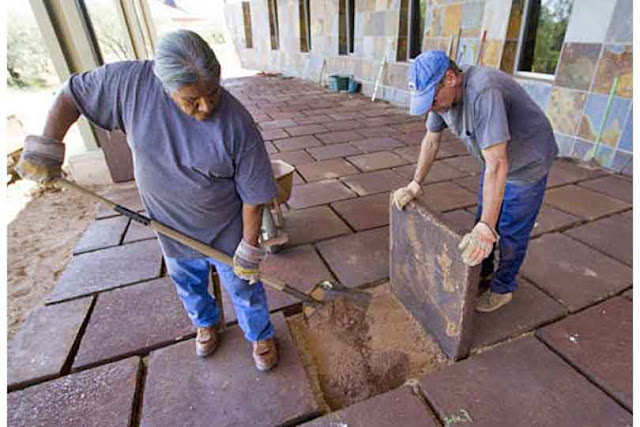

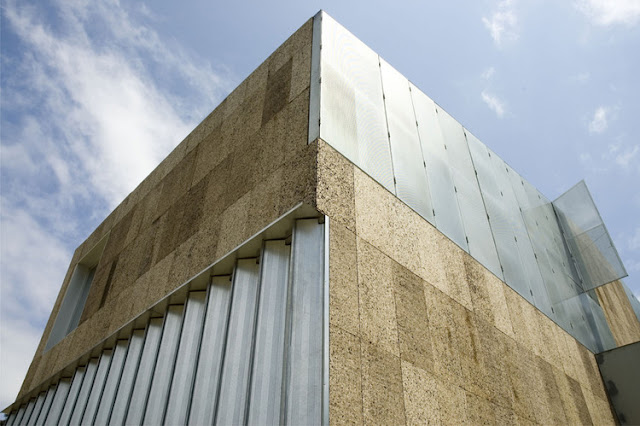
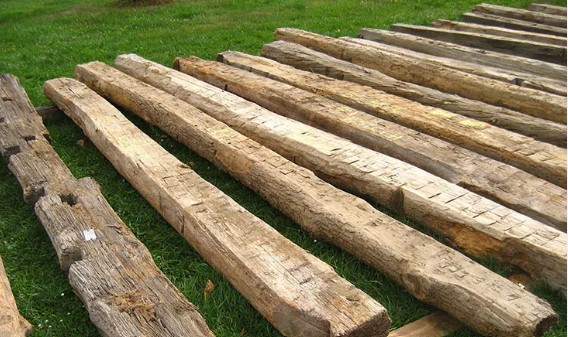

2 Comments
Interesting and informative too. Here i got some new idea to make reusable
ReplyDeleteRegards,
Building Contractors in Chennai
Building Contractors in Chennai
Best Architects in Chennai
Best Interior Designers in Chennai
This comment has been removed by a blog administrator.
ReplyDeleteCommenting Spam Links Are Against Policies